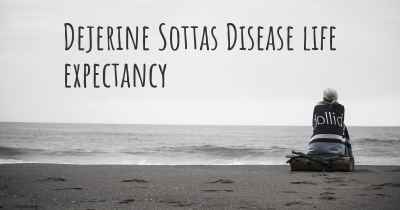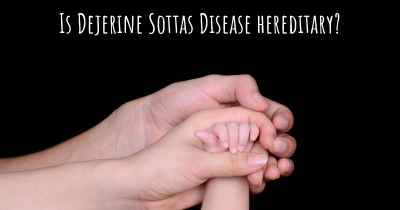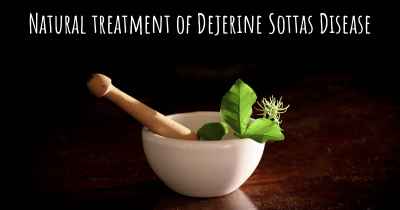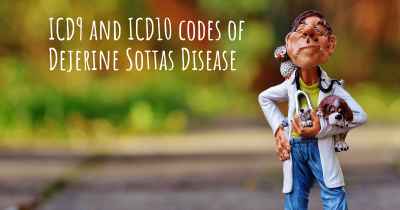Living with Dejerine Sottas Disease. How to live with Dejerine Sottas Disease?
Can you be happy living with Dejerine Sottas Disease? What do you have to do to be happy with Dejerine Sottas Disease? Living with Dejerine Sottas Disease can be difficult, but you have to fight to try to be happy. Have a look at things that other people have done to be happy with Dejerine Sottas Disease

Living with Dejerine Sottas Disease
Dejerine Sottas Disease (DSD) is a rare genetic disorder that affects the peripheral nerves, causing muscle weakness, sensory loss, and other neurological symptoms. Living with DSD can be challenging, but with the right strategies and support, individuals with this condition can lead fulfilling lives.
1. Educate Yourself
One of the most important steps in living with DSD is to educate yourself about the condition. Understand the symptoms, progression, and available treatments. Consult with medical professionals, join support groups, and connect with organizations that specialize in DSD. Knowledge empowers you to make informed decisions about your health and well-being.
2. Build a Support Network
Living with DSD can be emotionally and physically demanding. It is crucial to build a strong support network of family, friends, and healthcare professionals who understand your condition and can provide the necessary support. Joining support groups or online communities can also connect you with others who share similar experiences, providing a sense of belonging and understanding.
3. Seek Medical Care
Regular medical care is essential for managing DSD. Work closely with a team of healthcare professionals, including neurologists, physical therapists, and occupational therapists. They can help develop a personalized treatment plan that may include medications, physical therapy, assistive devices, and pain management strategies. Regular check-ups and monitoring can help identify any changes in your condition and adjust the treatment plan accordingly.
4. Maintain a Healthy Lifestyle
Adopting a healthy lifestyle can positively impact your overall well-being. Eat a balanced diet rich in nutrients to support your body's needs. Regular exercise, as recommended by your healthcare team, can help maintain muscle strength and flexibility. Avoid smoking and excessive alcohol consumption, as they can worsen symptoms and interfere with medications. Prioritize sleep and stress management techniques to promote optimal physical and mental health.
5. Adapt Your Environment
Modifying your environment to accommodate your needs can greatly improve your quality of life. Consider making your home more accessible by installing ramps, grab bars, and other assistive devices. Arrange furniture and belongings in a way that minimizes the risk of falls or injuries. Utilize adaptive equipment such as wheelchairs, braces, or orthotics to enhance mobility and independence.
6. Manage Pain and Discomfort
DSD can cause chronic pain and discomfort. Work closely with your healthcare team to develop strategies for managing pain. This may include medications, physical therapy, heat or cold therapy, and relaxation techniques. Communicate openly with your healthcare providers about your pain levels and any changes in symptoms to ensure appropriate management.
7. Prioritize Mental Health
Living with a chronic condition like DSD can take a toll on your mental health. It is important to prioritize your emotional well-being. Seek support from mental health professionals who can help you navigate the emotional challenges associated with your condition. Practice self-care activities that bring you joy and relaxation, such as hobbies, meditation, or spending time with loved ones.
8. Stay Positive and Stay Informed
Living with DSD can be challenging, but maintaining a positive mindset can make a significant difference. Celebrate small victories, focus on what you can do, and set realistic goals. Stay informed about the latest research and advancements in DSD treatment. This knowledge can provide hope and open up new possibilities for managing your condition.
Remember, you are not alone in your journey with Dejerine Sottas Disease. With the right support, medical care, and self-care strategies, you can lead a fulfilling life despite the challenges posed by this condition.








